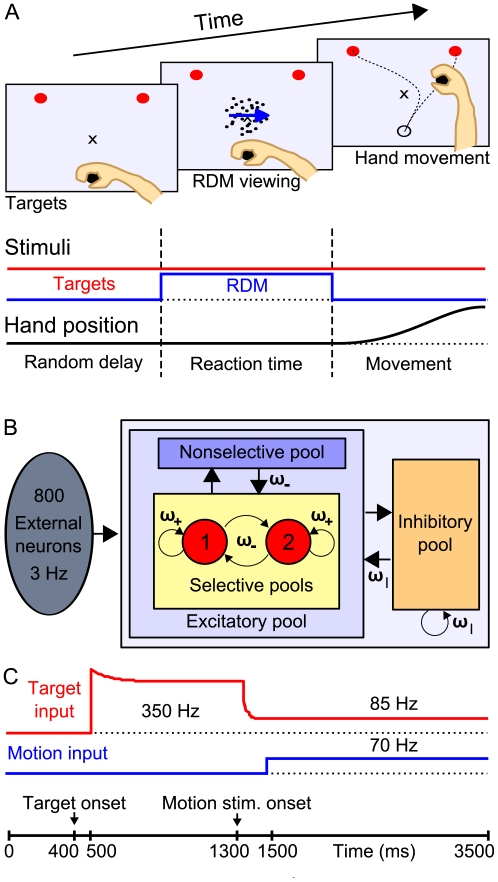Figure 1. Experimental design, network architecture and stimulation protocol.
(A) RDM paradigm with manual indication of choice as in Resulaj et al. [9]. See text for task details. In the majority of trials the subjects moved the handle directly to one of the targets. Some trajectories, however, revealed a change of mind during the movement: they started towards one direction but terminated at the opposite target. (B) Diagram of the binary attractor model for decision-making [14]. The network consists of a population of excitatory pyramidal neurons, structured into 2 selective pools (red, each contains 20% of the excitatory neurons) and a nonselective population, that inhibit each other through shared feedback from an inhibitory pool of interneurons (orange). Unlabeled arrows denote a connectivity of 1 (baseline). Recurrent connectivity within a selective pool is high, ω+ = 1.51, whereas the connection weight between the selective pools is below average ω− = 0.8725. Inhibitory connections have a weight ωI = 1.125. The network consists of 1,000 Neurons. (C) Time course of target and motion input to the selective populations in order to model the experimental design of the RDM task. The target input starts with a latency of 100 ms, the motion signal 200 ms after the respective stimulus onset (see methods).

